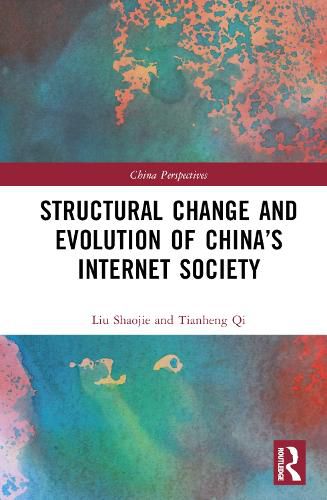Readings Newsletter
Become a Readings Member to make your shopping experience even easier.
Sign in or sign up for free!
You’re not far away from qualifying for FREE standard shipping within Australia
You’ve qualified for FREE standard shipping within Australia
The cart is loading…






This title investigates China’s network society, both its online cyber society and offline real world society, by analyzing the trends and social foundations of society as network and the social challenges it poses, as well as structural changes in social space and social interaction. The first part of the book examines how network society in China forms and develops, analyzing the challenges and structural changes it poses. The author studies network power and uncertainties that lies in the supply, flow, and reception of a massive amount of information, revealing how this influences the government’s administrative power as well as governance measures to stabilize social cohesion. The second part first discusses the social restructuring and characteristics of network social space in China. Based on case studies of several momentous social events, the spatial change characterized by an integration of absence and presence space and its influence on social interaction and experience is elucidated, including active absence interaction, mediated experience, spatial representation, and social identities of network aggregation. The book will be a crucial reference for scholars and students studying sociology, network sociology, and contemporary Chinese society.
$9.00 standard shipping within Australia
FREE standard shipping within Australia for orders over $100.00
Express & International shipping calculated at checkout
This title investigates China’s network society, both its online cyber society and offline real world society, by analyzing the trends and social foundations of society as network and the social challenges it poses, as well as structural changes in social space and social interaction. The first part of the book examines how network society in China forms and develops, analyzing the challenges and structural changes it poses. The author studies network power and uncertainties that lies in the supply, flow, and reception of a massive amount of information, revealing how this influences the government’s administrative power as well as governance measures to stabilize social cohesion. The second part first discusses the social restructuring and characteristics of network social space in China. Based on case studies of several momentous social events, the spatial change characterized by an integration of absence and presence space and its influence on social interaction and experience is elucidated, including active absence interaction, mediated experience, spatial representation, and social identities of network aggregation. The book will be a crucial reference for scholars and students studying sociology, network sociology, and contemporary Chinese society.